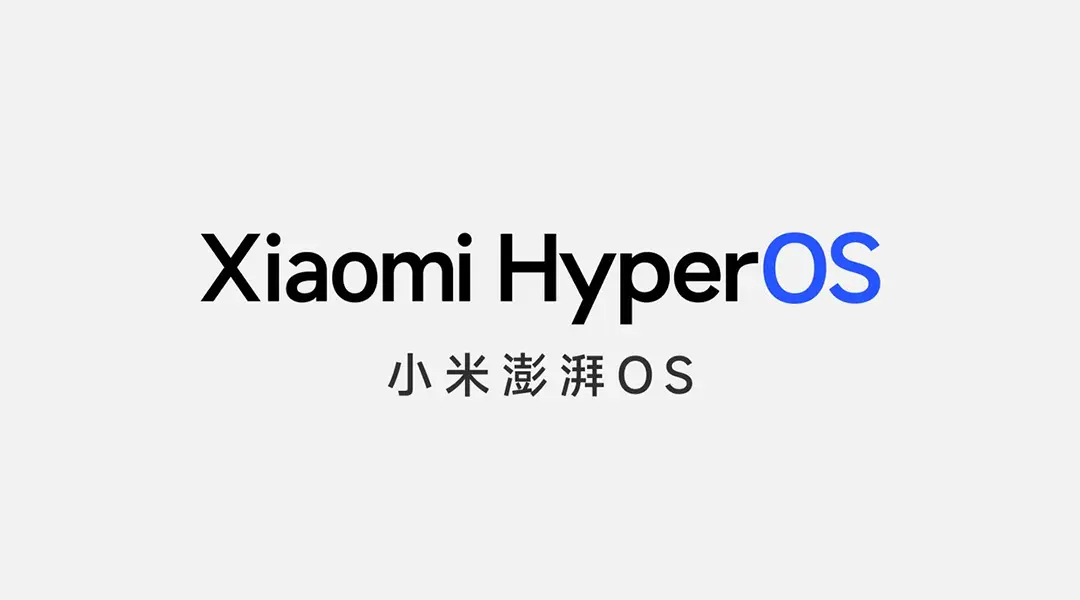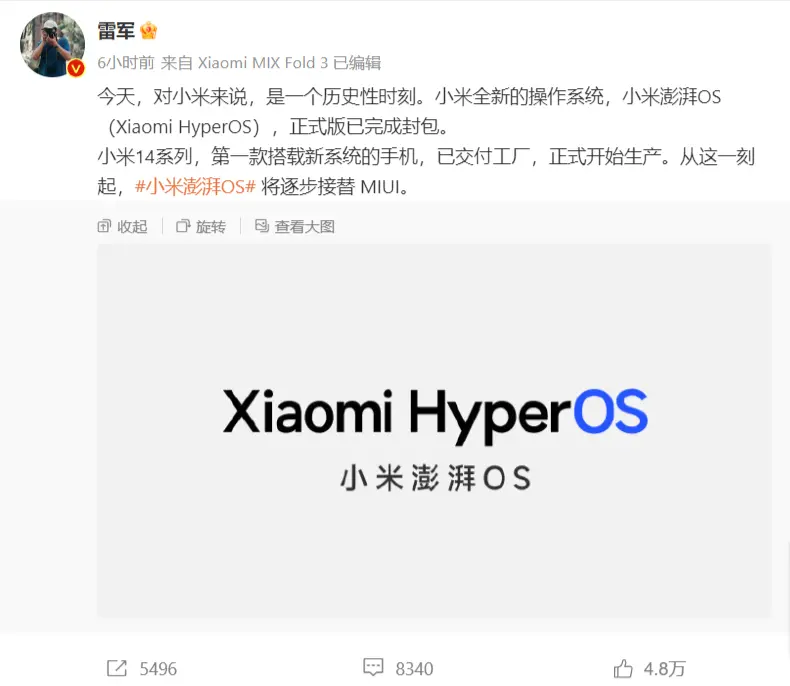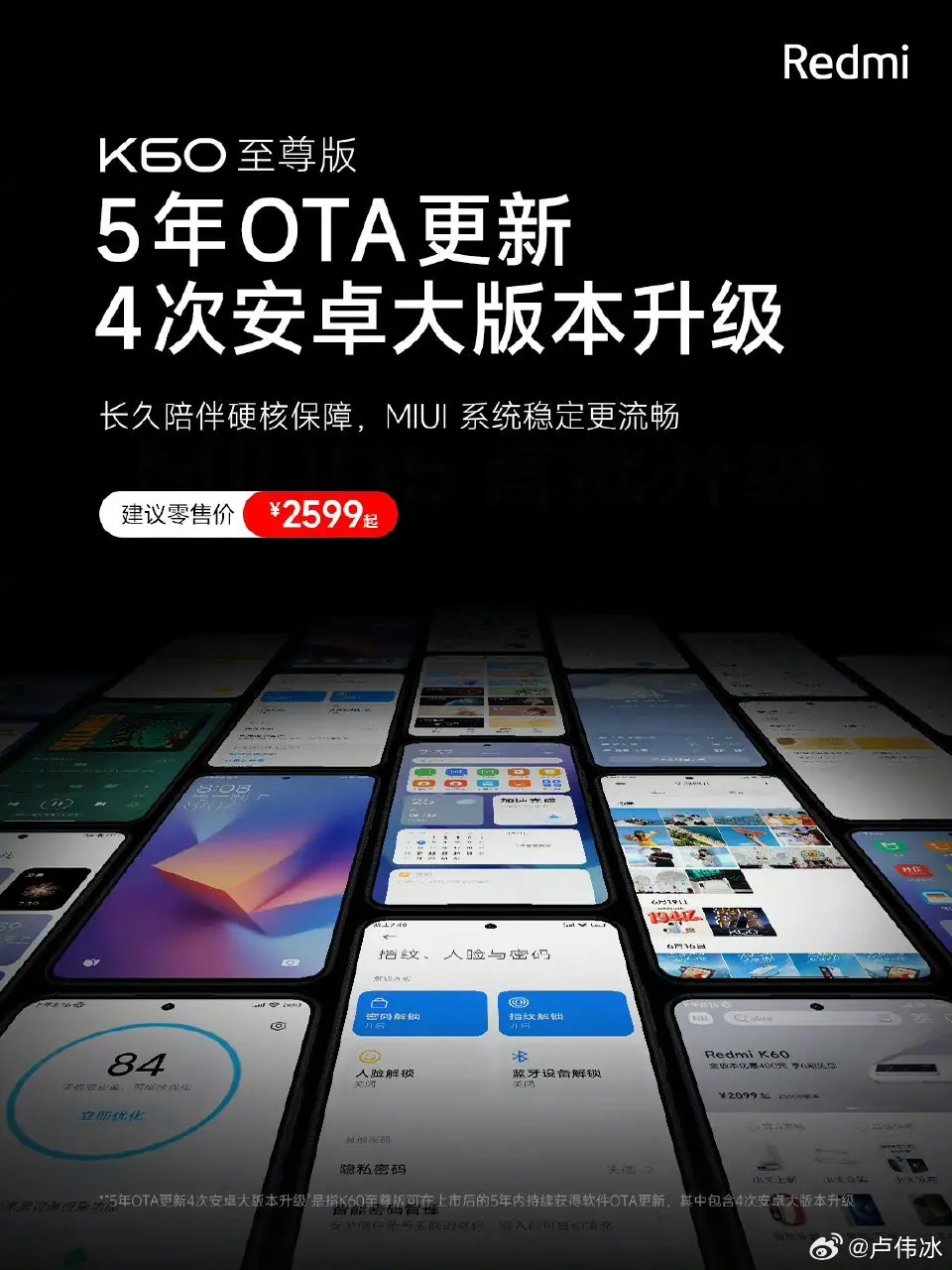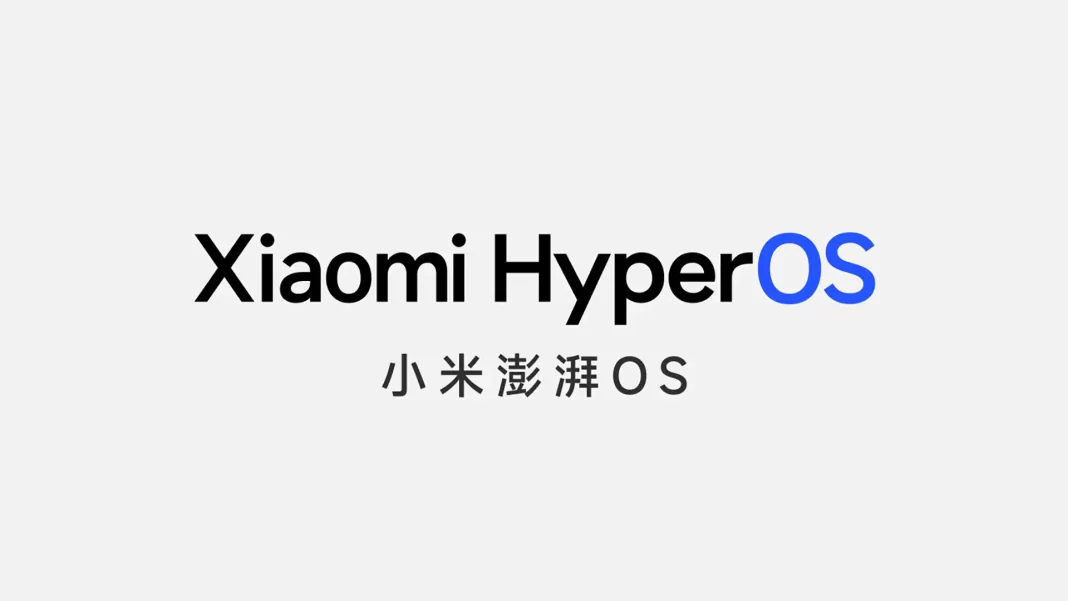This morning the whole world was shocked, Xiaomi CEO, in his first post as Xiaomi CEO. Although he posted it on Weibo first, the global announcement came soon after! Xiaomi will replace MIUI starting with the Xiaomi 14 series, and the name of the operating system: HyperOS

The last month has seen a flood of rumours about Xiaomi's new operating system. Many people, even on the Chinese Xiaomi community site, were talking about MiOS, such and such, but it was just a hoax. Then came the screenshots of the alpha version and updates, but they were all fake. They followed that up with a Surge OS screenshot, which has now become a reality, as that's what they call the new OS in China. But we will never know if this was Xiaomi's doing or if the people of the internet just had too much imagination.

So this morning Xiaomi CEO, Xiaomi's CEO, has revealed the name of Xiaomi's new operating system. The English equivalent is Xiaomi HyperOS, which I wrote because that's not the name in Chinese, but Xiaomi Surge OS. It's also the name of the processors designed and manufactured by Xiaomi. First there was the Xiaomi SurgeS1 SoC, which was intended to replace the MTK processors, but failed. Then they got into battery charging control and that's how the Xiaomi Surge P1/G1 charging system and battery management chips were born.
Xiaomi HyperOS
"A key leap "towards a complete ecology of people, cars and homes". Soon to be released, Xiaomi HyperOS is "A human-centric, fully eco-friendly operating system for people, cars and families", so stay tuned." - Xiaomi

Xiaomi CEO explained at length in another post, the birth of Xiaomi HyperOS, which you can now read for the first time in English:
"We have just announced Xiaomi is launching a new operating system, Xiaomi Surge OS (Xiaomi HyperOS), an epoch-making milestone for Xiaomi, a key leap towards a "complete ecology of people, car, home". At this moment, my heart, excited, is surging.
Thirteen years ago, on 16 August 2010, MIUI, Xiaomi's first product, was officially born. 13 years, from a few engineers to a software team of 4000-5000 people; from the initial "100 dream sponsors" to 1.175 billion cumulative users worldwide; from the first version of only four commonly used features to the bottom of the depth of the cross-connectivity and interoperability framework; making the user's friend the easiest to use and humanized system experience has always been MIUI's constant ambition. Befriending the user and making the system experience the easiest to use and most user-friendly has always been MIUI's unchanging ambition. Now it's time to move beyond that. Xiaomi not only has smartphones, but also a vast smart ecosystem spanning more than 200 categories, and the "complete ecosystem of people, cars and homes" will soon end the closed loop. In the era of the ubiquitous internet, the complexity and sheer number of operating system domains involved in different devices, and the ecological connectivity gap between different systems and protocols, may be beyond the imagination of many.
The Xiaomi Surge OS is designed for this purpose and has been a long time in the making. In 2014, from the very beginning of the IoT business, we started exploratory development and validation. In 2017, we officially opened the development of the new system, with a set of converged system frameworks that unify and support the entire ecosystem of devices and applications we are working towards.
Today, we take a solid and important step: the #Xiaomi Surge OS# is officially born, creating "a human-centric, fully ecological operating system for people, cars and homes". It's based on a deep evolution of Android and the proprietary Vela system fusion, completely rewriting the underlying architecture, the future of tens of billions of devices, tens of billions of connections, to do a good job of making the public base of the Internet of Everything. It's a super powerful engineering system, so our engineers named it Xiaomi HyperOS.The first Xiaomi Surge OS-equipped device is the Xiaomi 14, which brings "leapfrog updates".What are your expectations and suggestions for the "Xiaomi Surge OS"?
From today we're gradually saying goodbye to MIUI!
Thanks to all my friends who support MIUI. MIUI will always be in our memories." - Xiaomi CEO
MIUI
The Chinese launch of the Xiaomi 14 series will take place soon after Qualcomm's event, as early as Friday 27 October next week. This marks the start of a new era in Xiaomi's life and ours. MIUI Hungary community, to distribute the Chinese MIUI in Hungarian. Since then, of course, Xiaomi has taken over our translation and managed it themselves, which became the Global version we know today and then the fragmented EEA.
No word yet on when the global MIUI will be phased out and gradually migrated to HyperOS. Xiaomi CEO, on Twitter, i.e. on X, he simply replied to the question by saying "stay tuned", so stay tuned. This suggests that the global version will be launched soon, just wait and see. But there are still rumours that MIUI will remain outside China and that Surge OS will only be available in China. But these are not true either, because then it would not have had an English global name.

But if they've been planning to replace MIUI for years, why did they announce at the launch of the Redmi K60 Ultra that it would be the first Redmi to get the MIUI 15 update? Or will MIUI 15 come and then everyone will get Xiaomi HyperOS update???? There are still a lot of questions here...



















![[151] HyperOS heti hibajelentés](https://helloxiaomi.hu/wp-content/uploads/2024/04/hyperosbugreportindex-218x150.webp)




You must be logged in to post a comment.